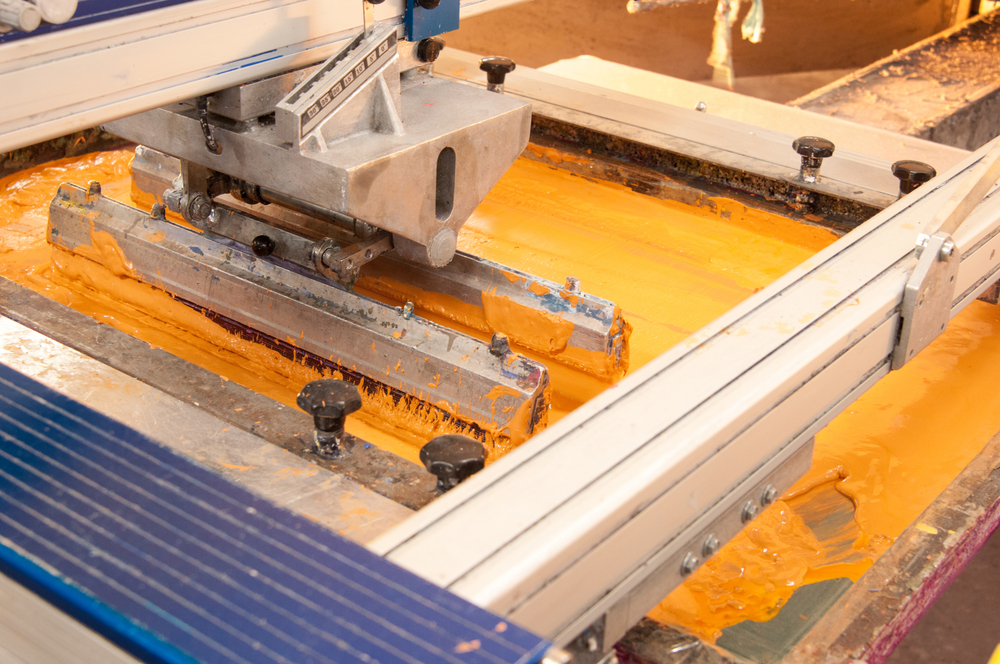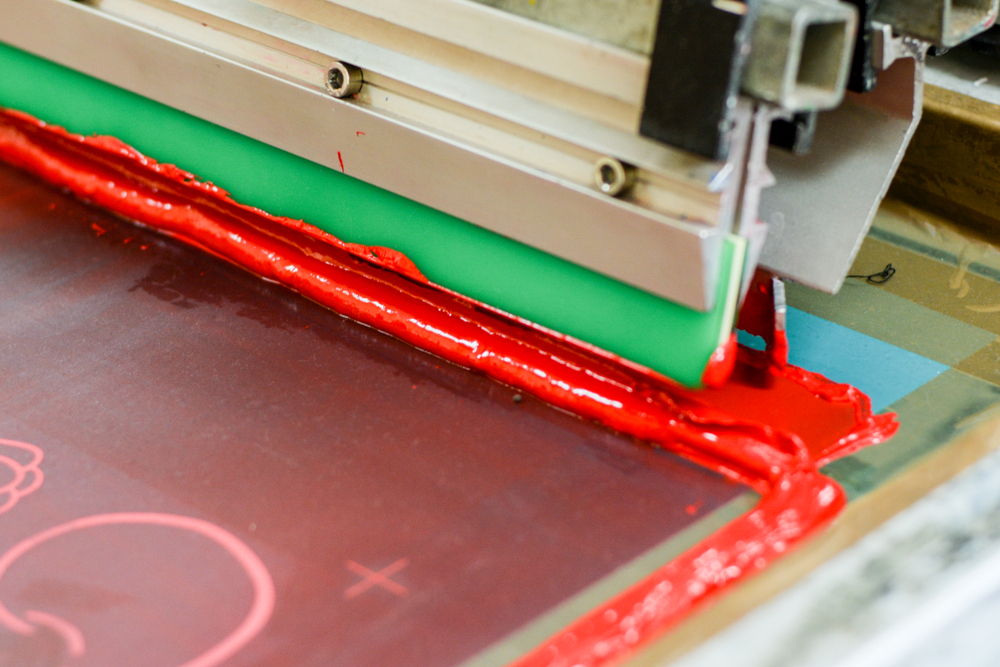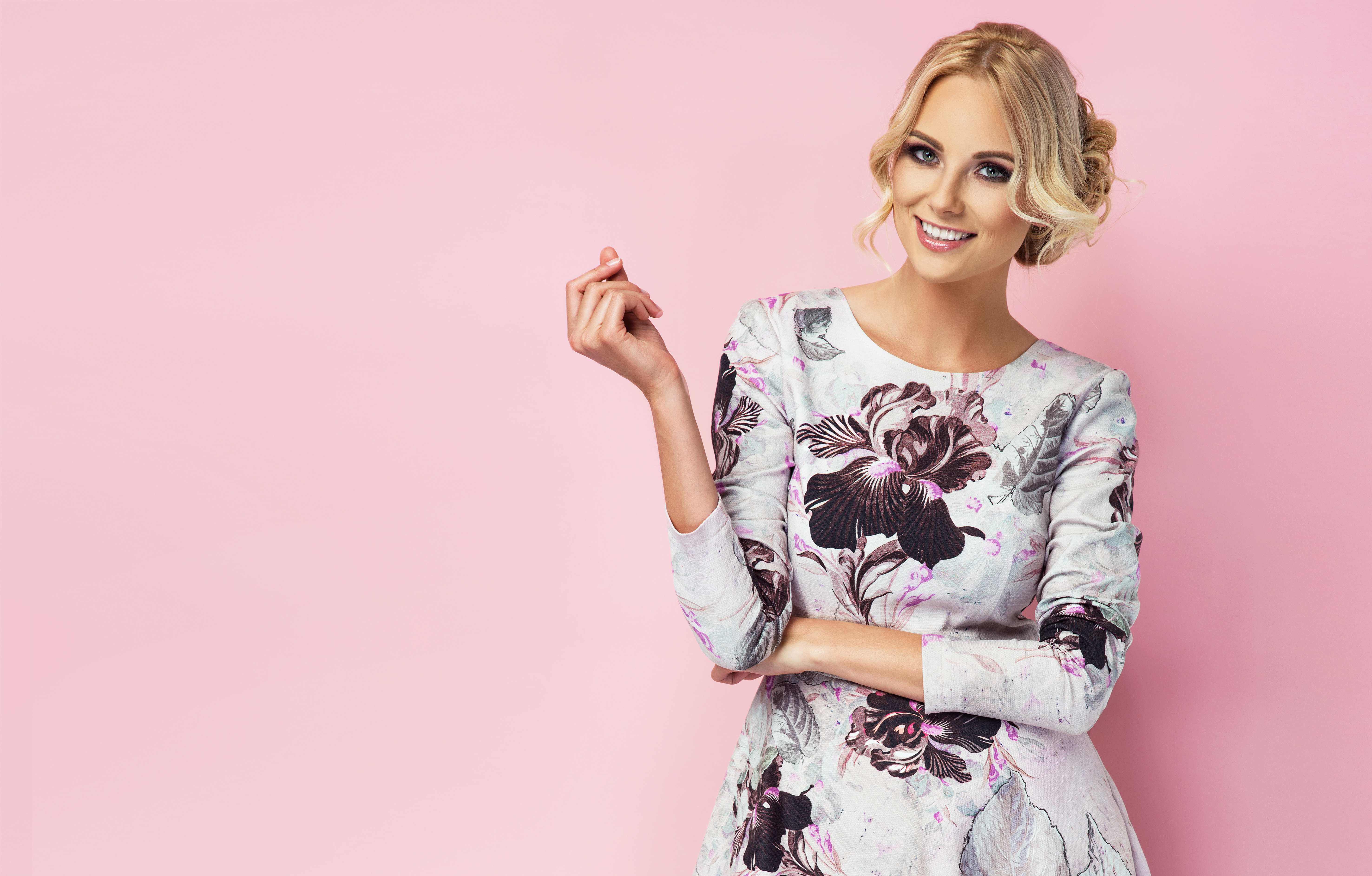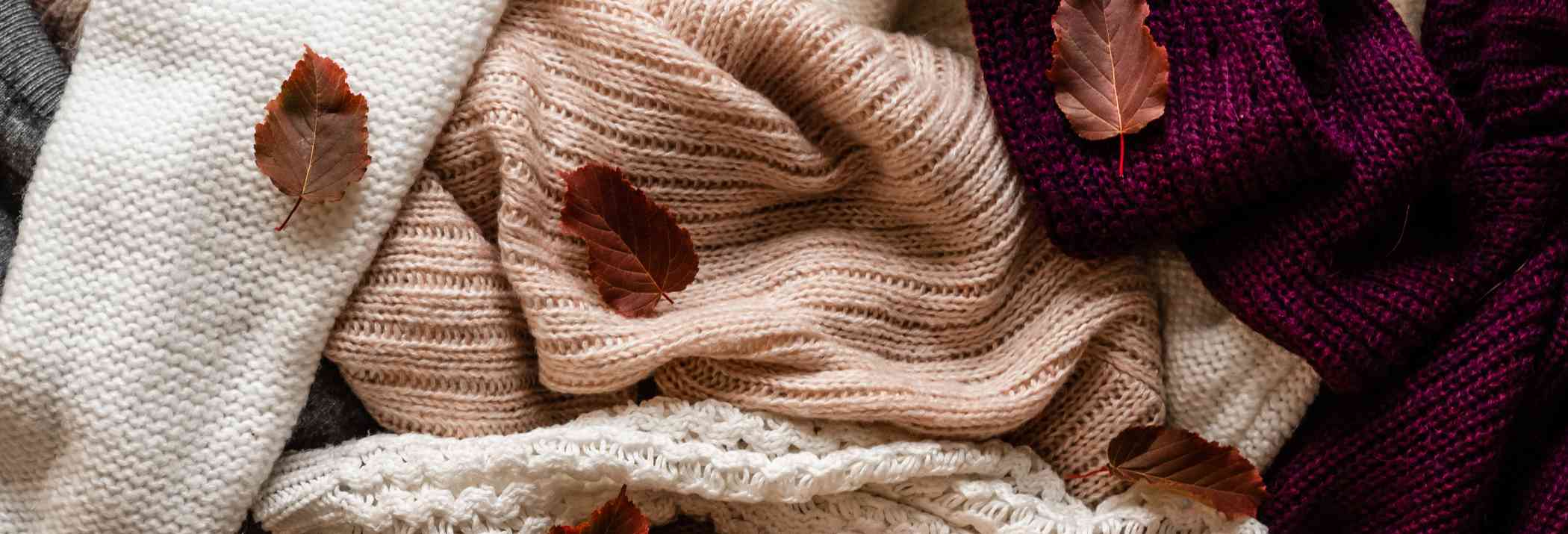Effectively Reduce Reductions in Rejected Batches of Garment Printing



Production and quality management and waste savings significantly impact the total factory economics in any garment printing business. In the garment business, the sewing department has the most quality restraints. Errors at this stage of the manufacturing process impede the factory's overall quality.
Due to these defects, the rework rate exceeds 7% (approximately) based on the company's daily rework rate, lowering the sewing section's productivity and efficiency. Buyer dissatisfaction and company loss arise from rework and rejection, influencing shipping schedule and quantity. As a result, reducing reworks in any garment industry's sewing department is necessary for quality improvement.
This blog looks at how to enhance the quality of the garment business using quality tools, including checklists, best practices on the shop floor, and other tips for manufacturers. The goal of implementing these methods is to minimize rework rates while improving quality by closing quality loopholes. By identifying the main reasons behind rework and rejections, manufacturers can control rejection and reworks in the garment sector.
Checkpoints to reduce reductions in rejected batches
It would not be shocking to discover a few rejected items after shipping in the clothing manufacturing industry. Most manufacturers feel that non-repairable defects might emerge due to poor quality raw materials, flawed processes, or careless staff conduct. However, the factory must have checkpoints where all rejected components are collected.
- Call your garment printing inspectors, who know what constitutes a problem and can help you figure out why those clothes were rejected.
- Request that they diagnose all rejected or damaged clothing. You can do defect analysis in two ways.
- Create a quality system where checkers inspect clothes and make reports during the manufacturing process.
Controlling fault creation in your factory: Best practices
If you discover a product problem at the end of the process or the final inspection, the entire procedure cost goes down because you cannot export the product.
Manufacturers sometimes fix damaged parts to make them exportable, but this adds to the cost of the process and uses more resources, reducing the company's profit. Various flaws in the sewing section occur during the production process, which one must minimize to retain the garment's quality.
Here are some best practices to follow in the factory to avoid reductions in garment printing:
- Clean up the workplace - from the fabric store to the cutting table to the sewing machine to the washing and finishing.
- Install a quality control system. It refers to a fair number of skilled checkers, who make reports while checking, analyzing, and action based on quality check reports.
- Conduct a training program for checkers on how to inspect pieces to catch faulty ones properly. Teach them how to fill up clothing inspection reports.
- Organize a quality-awareness program for your staff.
- Operators on a sewing line are not permitted to leave bundles open, and you must finish each bundle before moving on to the next. It will assist you in locating lost components. Operators dump parts beneath tables when they make a mistake or get defective (incomplete) garments from the previous operator. These must be tracked to avoid a clothing shortfall in the finishing department.
- Establish standard operating procedures (SOP) for each task your workers complete. Additionally, create SOPs for each department's quality control system.
Other useful tips to reduce garment rejections

By following these tips, the shop floor can attain optimum production efficiency and eliminate non-productive activities, thus reducing the percentage of rework.
Print artwork in the correct way
Always double-check if you have authorized print artwork (print design) before sending it to your printer to generate screens. Don't transmit print artwork without authorization. Request one from an approved merchant and wait until you receive the signed artwork.
Make sure the artwork and screen are the same size
The print image size changes depending on the clothing size in specific patterns. In most cases, the customer specifies such a demand in the artwork or samples. One should extensively examine such criteria in the tech pack. Develop additional displays for different clothing sizes if necessary. It may delay your manufacturing if this does not happen.
Examine the printing position
Ensure that the design is printed in the correct location when garment printing on garment panels or sewn garments. The print positioning is mentioned in the tech pack or on the artwork by the buyer. Most consumers specify print positioning distances as the print position from the top and print position from the side seam.
Inform your printer about the print location. Don't expect the printer to do it right without your explicit and written instructions. To avoid errors, create a pattern for essential photos and note print positioning on it.
Verify the printing direction
You may need to follow directions (fabric grainline or off-grain) when garment printing. In these circumstances, you must take pattern and print direction into account. When printing (all-over print) on cloth roll, consult with the pattern master (sample team).
Analyze and apply quality-improvement methodologies

The outcome will be excellent if you correctly complete every stage of a garment's manufacture. The only way to accomplish this is to identify each flaw, discover its source, and devise a strategy to prevent future occurrences. As a result, it's critical to keep track of each garment's quality from the moment it's "born" raw, from when ingredients arrive at your facility until the client inspects and approves the final product.
Traditional printing in most garment sectors has issues such as low productivity, longer production lead times, high rework and rejection, little flexibility, inferior product quality, and high non-value-added work, to name a few.
The positive outcomes of applying these techniques provide the basis for continued progress and a push to the finish line. The reduction of extra motion and non-value added labor by 50%, the decrease of sample rejection by 70%, and the reduction of work for repairing works by 80% are some of the primary benefits of this implementation. Hence, the overall processing time for the final product will reduce.
Panel cutting
Check if you can print on fixed panels before cutting the fabric. If you're not sure, ask your printer for advice. To make printing more accessible and ensure print placement in the right spot, you may need to leave additional space on garment components. Instead of using a set form, cut panels in blocks in such circumstances.
Color approval for bulk garment printing
The printer must print the design in the specified color on the authorized sample. However, perfect color matching (shade matching) is quite challenging in a few circumstances where one creates the color manually.
There might be other factors if you don't obtain the precise color you want. In this scenario, it’s best to obtain buyer/buyer representative consent for the shade difference before mass printing.
Choosing the correct print type
There are many different types (and processes) of printing to print designs on clothes. The best solution depends on the intended effect and the fabric's essential components (fiber content). Check out a few alternatives to obtain a better result and a lower price.
Common printing tests
The fact that the print design's tone and appearance are correct does not guarantee that everything will be good. Test a few print parameters in-house before commencing volume printing. As an example,
- Check the wash effect (washability) after garment printing. According to the manufacturer's instructions, take a few printed clothing panels and wash them in the washing machine.
- Check for color bleeding or washed-out colors. If prints do not dry quickly after washing, notify the printers right away and request that they improve their printing.
- Check the speed at which the curing occurs. After curing, the tone of the foundation cloth is frequently modified. Shrinkage may occur in a few textiles. Take care of these details and factor them into your bulk processing.
Conclusion
Are you looking for the right place from where you can arrange the perfect fabric for your shipment? Get in touch with us at Fashinza. We handle the complete production process from design to delivery. Our leading service is a platform that allows companies to place orders, track them, get daily production updates, contact producers, and pay for them.
We prefer to think of our platform as the Amazon of the fashion industry. People go to Amazon, place a purchase, and deliver the item right to their door. Clients may check the status of their orders on their phones or laptops. Similarly, companies may utilize our platform to place production orders and have them delivered, with the ability to track, interact, and make payments.
Find out how Fashinza makes the garment production process simple, quick, and transparent for brands.



















